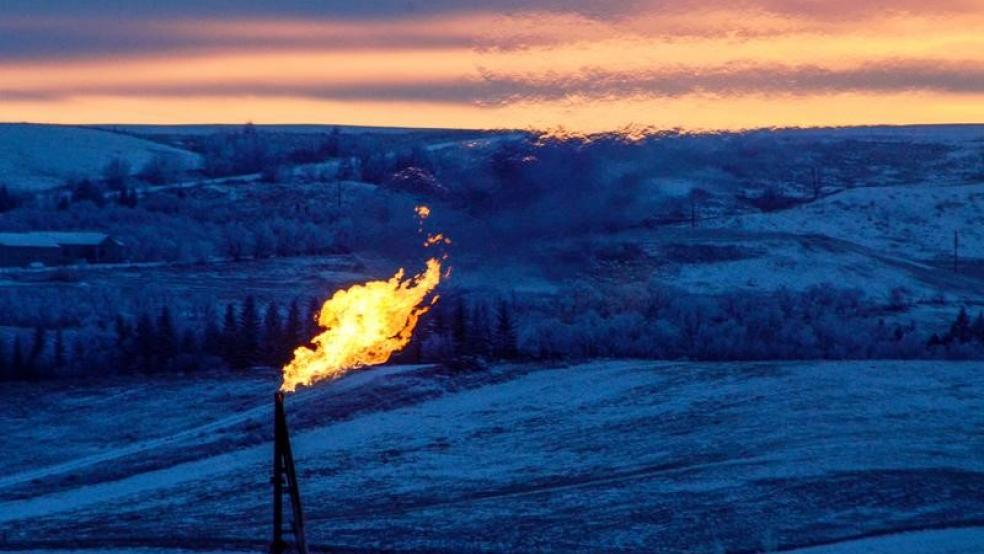Global oil supply may struggle to match demand after 2020, when the pinch of a two-year decline in investment in new production could leave spare capacity at a 14-year low and send prices sharply higher, the International Energy Agency said on Monday.
Investors generally are not betting on a sharp rise in the price of crude oil any time soon, but the contraction in global spending in 2015 and 2016 and growing global demand means the world could well face a "supply crunch" if new projects are not soon given the go-ahead, the IEA said in its five-year "Oil 2017" market analysis and forecast report.
Related: Tesla’s Next Big Hurdle: Spending Billions on a Charging Network
Most supply growth is expected to come from the United States, where the IEA said shale, or light tight output (LTO), will grow by 1.4 million barrels per day by 2022 even if prices remain close to current levels $60 a barrel and the response from the production side could be stronger still if prices rise.
"The United States responds more rapidly to price signals than other producers. If prices climb to $80 a barrel, U.S. LTO production could grow by 3 million bpd in five years," the IEA said.
If prices remain closer to $50, shale output could fall from the early party of the next decade.
"We are witnessing the start of a second wave of U.S. supply growth, and its size will depend on where prices go," said Fatih Birol, executive director of the IEA. "But this is no time for complacency. We don't see a peak in oil demand any time soon. And unless investments globally rebound sharply, a new period of price volatility looms on the horizon."
Investment in the U.S. shale basin is picking up already, and there is evidence of growth in supply from Canada and Brazil, but the IEA said early indications of global spending this year were "not encouraging".
NON-OPEC TO DRIVE CAPACITY EXPANSION
Global oil production capacity is expected to grow by 5.6 million bpd by 2022. Non-OPEC countries are likely to make up 60 percent of that total.
Related: A Plan to Drastically Cut EPA Staff and Programs Is on Trump’s Desk
Within OPEC, the IEA said most new supply will come from low-cost Middle Eastern producers, namely Iraq, Iran, and the United Arab Emirates, while production in Nigeria, Algeria and Venezuela will decline. For its part, production from Russia is forecast to remain stable over the next five years.
OPEC is expected to increase production capacity to 37.85 million bpd in 2022 from 35.9 million bpd in 2016, while demand for the group's crude is expected to rise to 35.8 million bpd in 2022 from 32.2 million bpd last year.
Non-OPEC supply is expected to grow by 3.3 million bpd to 60.9 million bpd by 2022, led by the United States, accelerating sharply in 2018 and 2019 before slowing thereafter, the IEA said.
Oil demand will rise over the coming five years, crossing the 100 million bpd mark in 2019 and hitting 104 million bpd by 2022, driven entirely by emerging economies.
Asia will account for seven out of every 10 extra barrels consumed globally, with demand growth in India surpassing that of China by then, the IEA said.
Demand in the OECD area will slow, falling by a net 1.2 million bpd to 2022, due to weaker economic growth and greater assumed vehicle efficiency improvements, the agency said.
Non-OECD oil demand growth will increase by 8.5 million bpd, meaning consumption in these countries will be 28 percent higher than that in the OECD by 2022, the IEA said.
"It is not too late to avert a supply crunch, provided companies start to sanction development work without delay," the IEA said.




